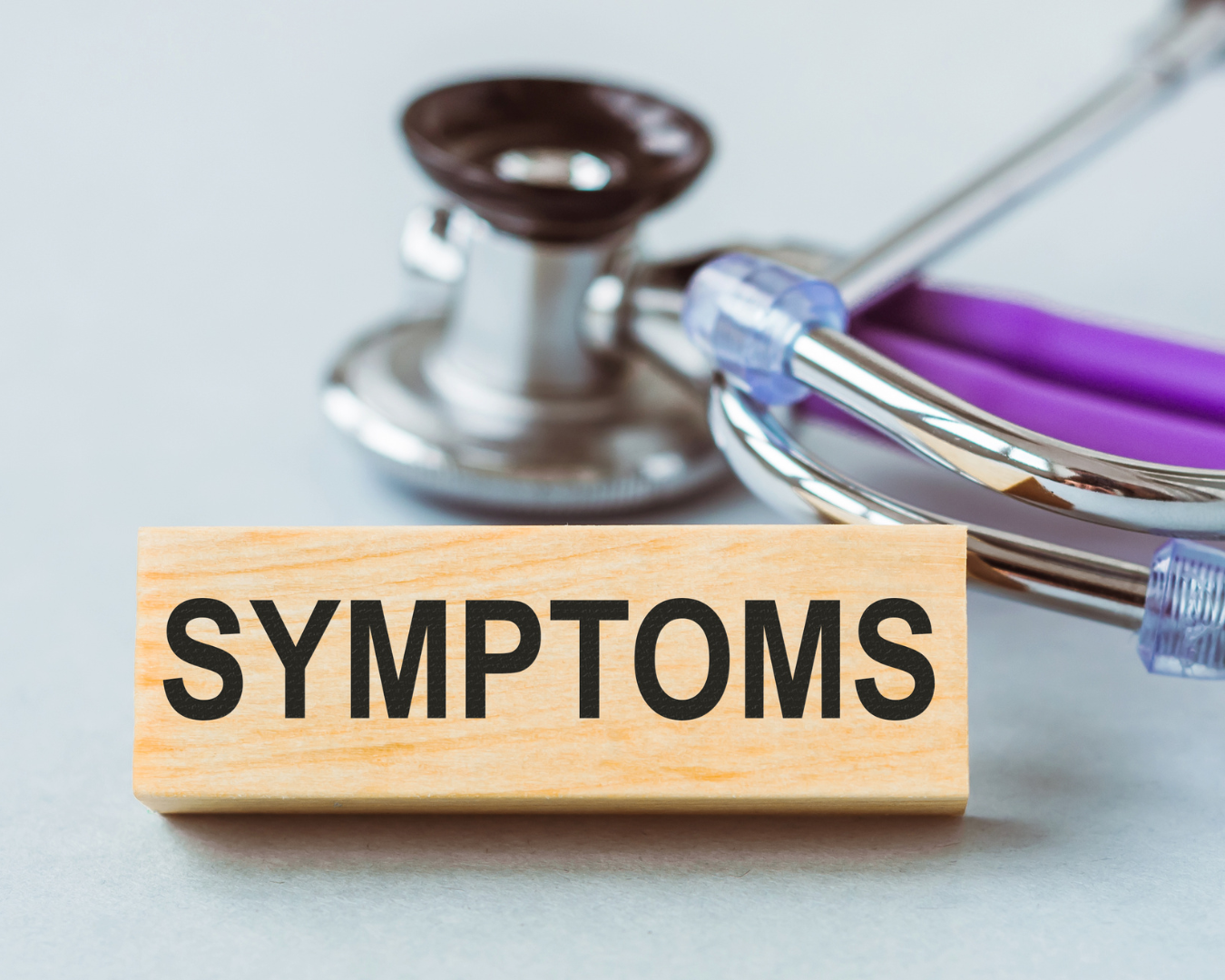When most people think of mold, they imagine something growing on old bread or lurking in a damp basement. But toxic mold — especially species like Stachybotrys, Chaetomium, Aspergillus, and Penicillium — produces microscopic poisons called mycotoxins that can silently poison the human body.
For many, mold exposure goes undetected for years. The symptoms can seem “random” — affecting everything from digestion to brain function — and they often differ by gender and age.
Let’s break down the physical and mental toll mold can take — and how it shows up differently in men, women, and children.
Physical Symptoms of Mold Toxicity
Toxic mold exposure primarily affects the immune, nervous, and endocrine systems, leading to a wide variety of bodily symptoms. So what are some of the most common physical symptoms? Let’s take a peek:
→ Fatigue that doesn’t improve with rest
→ Sinus congestion or chronic rhinitis
→ Shortness of breath or air hunger
→ Muscle and joint pain (often migrating or unexplained)
→ Headaches and migraines
→ Digestive issues like bloating, diarrhea, or constipation
→ Skin rashes, hives, or increased sensitivity to products
→ Temperature dysregulation or feeling hot/cold easily
→ Chemical sensitivity or reactions to scents, perfumes, cleaners
→ Frequent infections or a “never quite well” feeling
→ Hormonal imbalances, especially with thyroid and cortisol levels
Mental and Neurological Symptoms of Mold Toxicity
One of the scariest aspects of mold illness is its effect on the brain and nervous system. This is often where people feel most confused — or dismissed — because the symptoms can mimic anxiety, depression, or even early-onset dementia. Here’s a glance at some of those mental and neurological symptoms you may be experiencing:
→ Brain fog and trouble concentrating
→ Memory issues — forgetting words, names, or tasks
→ Mood swings, depression, or apathy
→ Irritability, anger, or emotional volatility
→ Anxiety, panic attacks, or a sense of “inner buzzing”
→ Insomnia or disrupted circadian rhythm
→ Light and sound sensitivity
→ Tingling, numbness, or nerve-related pain
Something to be clear on — these symptoms aren’t “in your head.” Mycotoxins — the toxic compounds released by certain molds — are neurotoxic. They cross the blood-brain barrier, interfere with neurotransmitter function, and can literally inflame the brain.
Why It Looks Different in Men, Women, and Children
WOMEN —
Women often present with hormonal imbalances — irregular cycles, estrogen dominance, PMS/PMDD, and adrenal fatigue. The endocrine system is highly sensitive to toxic overload, and many women experience worsened symptoms during perimenopause or postpartum, when hormones are already shifting. Some even get misdiagnosed with anxiety or fibromyalgia before mold is considered.
Common patterns in women:
✓ Sleep issues (especially around ovulation or menstruation)
✓ Worsening of PMS or irregular periods
✓ Estrogen dominance or thyroid disruption (e.g. Hashimoto’s)
✓ Anxiety, mood swings, and overwhelm
✓ Increased food or chemical sensitivities
✓ Histamine intolerance (flushing, hives, congestion)
✓ Breast tenderness, weight fluctuations
MEN —
Men, interestingly, often have fewer symptoms or present more subtly at first. This may be due to testosterone’s anti-inflammatory and neuroprotective effects, which can provide a buffer in the short term. However, over time, mold can still impact libido, energy, mood, and even testosterone levels themselves — leading to burnout, apathy, or loss of drive.
Common patterns in men:
✓ Fatigue with reduced stamina or exercise recovery
✓ Loss of libido and low testosterone
✓ Irritability or “rage” episodes
✓ Increased susceptibility to respiratory infections
✓ Joint and muscle pain
✓ Sleep disturbances, including early waking
✓ Blunted emotional response (numbness)
CHILDREN —
Children can be extremely vulnerable to mold toxicity due to their developing brains and immune systems. Mold has been linked to behavioral issues, ADHD-like symptoms, asthma, and sensory processing disorders. In some cases, early puberty or delayed development may occur, as mold mycotoxins interfere with hormonal pathways and the hypothalamic-pituitary axis.
Common patterns in children:
✓ Behavioral changes (anger, irritability, meltdowns)
✓ Sleep disruptions or nightmares
✓ Developmental delays or regression
✓ Digestive issues (reflux, constipation, picky eating)
✓ Recurrent ear infections or sinus infections
✓ Rashes or skin flares
✓ Hyperactivity or focus issues misdiagnosed as ADHD
✓ Bedwetting or bladder control issues
The Problem with Misdiagnosis
Because symptoms are so wide-ranging and individualized, people may go years without identifying mold as the root cause. Usually they’re actually told they have:
❎ Depression
❎ Anxiety
❎ Chronic fatigue syndrome
❎ IBS
❎ Autoimmunity
❎ Menopause
❎ Long COVID
When in reality, their environment is making them sick — and it could be the home, the school, the church, or the work environment.
How to Know If Mold Might Be the Root Cause
If you or your family have unexplained health issues — especially a mix of mental and physical symptoms — mold just might be the culprit, and it’s definitely worth investigating.
Here are a few ways to screen for mold toxicity:
→ A detailed symptom questionnaire or mold toxicity quiz (like [insert quiz link])
→ Mycotoxin urine testing (e.g., Mosaic, Vibrant, RealTime Labs)
→ ERMI or HERTSMI testing for your home environment
→ Visual Contrast Sensitivity (VCS) testing for neurological impact
→ Functional labs showing immune dysregulation or inflammation
5 Steps to Take If You Suspect Mold
01. Get Out of the Exposure
You must remove yourself from the moldy environment (or remediate safely).
02. Support Drainage and Detox
Open up the body’s natural exit routes — liver, lymph, gut, skin.
03. Rebuild and Regulate
Focus on immune balance, nervous system support, and gut healing.
04. Use Binders and Antioxidants
Like glutathione, charcoal, clay, and specific mycotoxin binders.
05. Get Guidance
Mold illness is complex — working with a practitioner trained in mold and environmental illness is key.
If you’ve been told your symptoms are “just stress” or are “in your head” — but you know something deeper is wrong — trust that instinct. Mold toxicity is real, but it’s still poorly understood by mainstream medicine. Thankfully it’s becoming more mainstream and there are more practitioners who are well versed in mold illness protocols, but we’re not quite where we need to be to detect it before it wreaks havoc on our bodies.
Mold illness is a complex, often hidden contributor to those chronic symptoms that don’t resolve — no matter how many supplements or diets you try.
If you or a loved one is dealing with mysterious symptoms that span both body and mind, don’t rule out your environment. The home you live in might be affecting your hormones, your brain, and your immune system more than you know.
The good news? With the right approach, the body can recover. And you’e in the right place for getting the resources and support you need to start that process.









